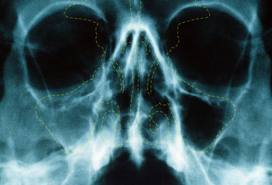A new blood test that has the potential of aiding in cancer screening is being currently evaluated. The test is claimed to be able to show if cancer cells are invading the blood system even in very small quantities. It may one day change the approach to treatment of several types of cancer especially those of the breast, prostate, colon and lung. Hopefully, the test may offer a way to screen for cancer besides the mammograms, colonoscopies, biopsies and other less-than-ideal methods that are presently utilized. All these tests require referring the patient to a specialist and take time.
The new may enable clinicians to predict what treatments would be best for each patient's tumor and find out quickly if they are working. Currently the response to chemotherapy or radiation treatments is monitored by performing CT or MRI scans. Having a rapid and convenient way to evaluate treatment efficacy may help clinicians in managing their patients.
The test uses a microchip that resembles a lab slide covered in 78,000 tiny posts, like bristles on a hairbrush. The posts are coated with antibodies that bind to tumor cells. When blood is forced across the chip, cells ping off the posts like balls in a pinball machine. The cancer cells stick, and stains make them glow so researchers can count and capture them for study.
Mass General, Sloan-Kettering, University of Texas M.D. Anderson Cancer Center in Houston and Dana-Farber Cancer Institute in Boston will start using the test this year. Studies of the chip have been published in the journals Nature, the New England Journal of Medicine and Science Translational Medicine.
























